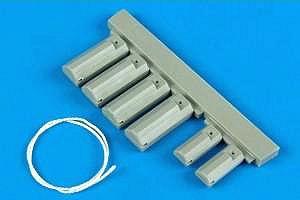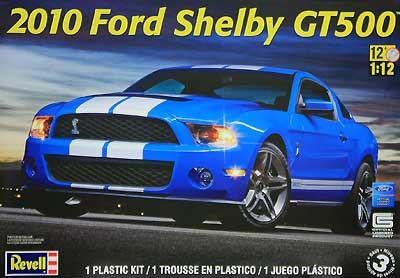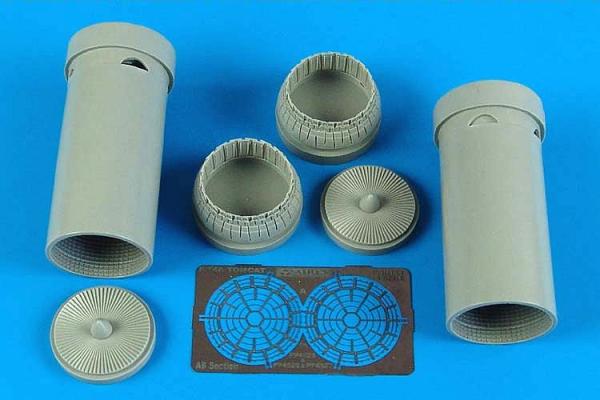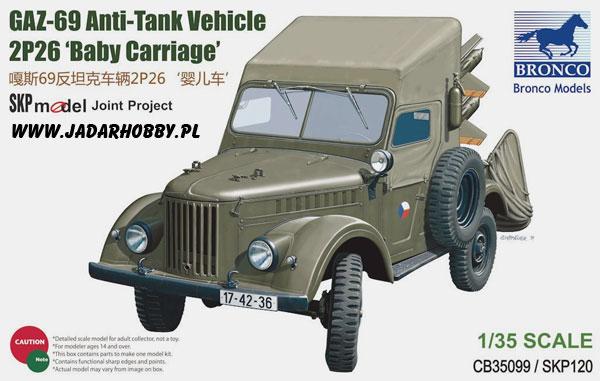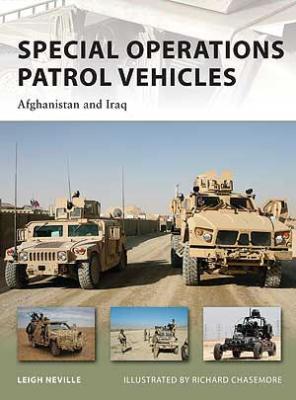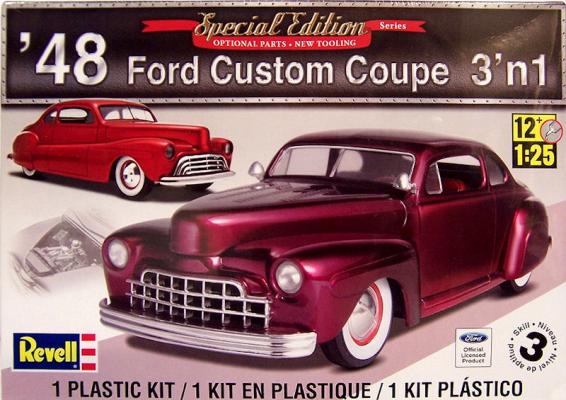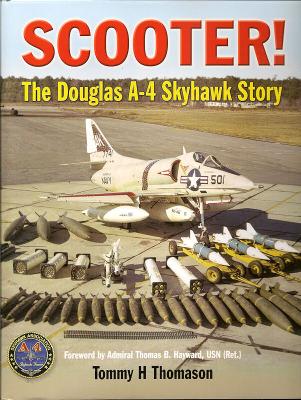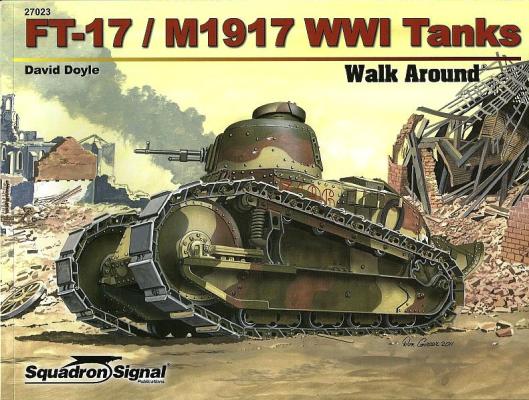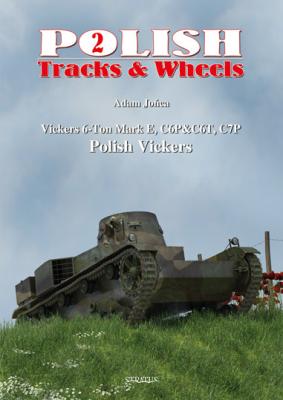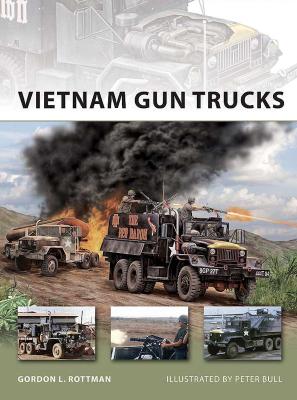Wheelliant has several offerings of wheel chocks in 32nd scale. Set # 132-013 is for use with land-based USAF and US Marine aircraft. The castings are exceptionally clean and crisp with no sink marks or imperfections. This set of chocks provides four larger chocks and a pair of smaller ones. A short length of “rope” is included, and has a texture and appearance that is very much appropriate for 32nd scale. These chocks are ready to go directly from the package and will add a touch of realism to the appearance of the subject being modeled.
This product is highly recommended. Thanks to Aires for the review sample and IPMS for the opportunity to review it.

